Black History Month
By Jus' Running
February is Black History Month and there is no better time than now to celebrate the achievements of black American runners throughout history. We have selected a number of noteworthy runners who we would like to highlight. Historically and today, the majority of America’s best sprinters and field event specialists are black. Black athletes have made a huge contribution to the United States competitive sprinting and field events scene, and it’s important to create space to recognize this.
Michael Johnson (b. 1967)
Often considered one of the greatest and most influential sprinters in the history of track and field. Johnson won an incredible four Olympic gold medals and eight World Championship gold medals during his career. He also once held the world and Olympic records in the 200m and 400m events, as well as in the indoor 400m event. Johnson competed in three Olympics – 1992, 1996, and 2000. Perhaps his most noteworthy achievement occurred during the 200m finals at the 1996 Atlanta Olympics, when Johnson opened the 100m in 10.12 seconds and closed in an astonishing 19.32 seconds which was over three tenths of a second faster than his own record previously set at the Olympic Trials. A margin of three tenths a second would be the largest improvement on a 200m world record ever. No wonder he was known as the World’s Fastest Man.
Florence Griffith-Joyner (b. 1959) – Fastest Woman of all time… Need we say more?
Known to most as “Flo Jo,” Joyner’s 100m (10.49s*) and 200m (21.34s) records set in 1988 still stand today (try running half way around the track in 21 seconds, we dare you). Tragically, Joyner’s life was cut way too short after suffering an epileptic seizure during her sleep at age 38 in 1998. Apart from her running prowess, Joyner was perhaps best known for her bold fashion style – think full-body sprinting suits, bright neon colors, painted six inch-long nails, and one-legged tights.
*This time of 10.49s set during the 1988 Olympic Trials quarter finals still stands, though is widely believed to be illegitimate due to it being made possible by a significant tailwind present at the time of the race. The measurement of a wind speed of 0.0 m/s is widely believed to be due to a faulty wind gauge as many reports point to an actual wind speed of 5 m/s to 7 m/s. Even if the IAAF had decided to remove this result, she would still hold the WR with her 10.61s performance carried out during the finals on the next day.
Jesse Owens (b. 1913)
Jesse Owens is one of the most well-known track and field athletes of all time, and for very good reason. He was a long jump and sprinting specialist during a contentious time for black history. In what is now widely considered the “greatest 45 minutes in all of sports,” Owens set three world records (long jump, 220yd dash, and 220yd low hurdles) and tied another (100yd dash) while competing for Ohio State University at the 1935 Big Ten track meet in Ann Arbor, Michigan. Owens gained widespread fame during the 1936 Summer Olympics in Berlin, Germany. His gold medals earning performances in the 100m, 200m, long jump, and 4 x 100 relay made him the most successful athlete at the games. As a black athlete, Owen’s performances stood blatantly in the face of Hitler’s racist myth of Aryan supremacy. Racism was obviously present in Nazi Germany, though the reality is that racism was also sadly prevalent in his home country. As Owen said, “I wasn’t invited to shake hands with Hitler, but I wasn’t invited to the White House to shake hands with the president, either.”
USA Track and Field’s highest honor, the Jesse Owens Award, is now named after Owens.
"I let my feet spend as little time on the ground as possible. From the air, fast down, and from the ground, fast up." – Jesse Owens
Marilyn Bevans (b. 1949)
For a black lady growing up in the 50’s and 60’s, there may not have been a high school or college cross country or track team to join. No Title IX existed ensuring equal gender participation in sports either. There was hard work and determination though. And that’s what it took for Marilyn Bevans to overcome the many obstacles before her (being a black woman in the 70’s there was a long list of obstacles) and become the distance running legend that she was. Bevans was the first black woman to medal at the Boston Marathon (2nd place finish in 1977, 2:51:12). Another of her many accomplishments is being the first sub-three hour African-American female marathoner. Bevans qualified for the 1984 Trials in the marathon event, though late-career exercise induced asthma kept her from competing in the race.
While black athletes represent the majority of shorter distance runners, black athletes represent a minority of distance runners in America. The sport of distance running is lacking the perspective, experience, and views of people of color and is worse off because of this. Representation matters, and it's important to dig deeper into the representation of demographic groups in different spaces, and ask why certain groups are included / excluded - and how we can ensure that the spaces we frequent are not only welcoming but inclusive to all populations.
Some running clubs committed to making distance running a more inclusive sport include Black Men Run, Black Girls Run, RunGRL, and Diverse We Run. We recommend checking these groups out to learn more.






